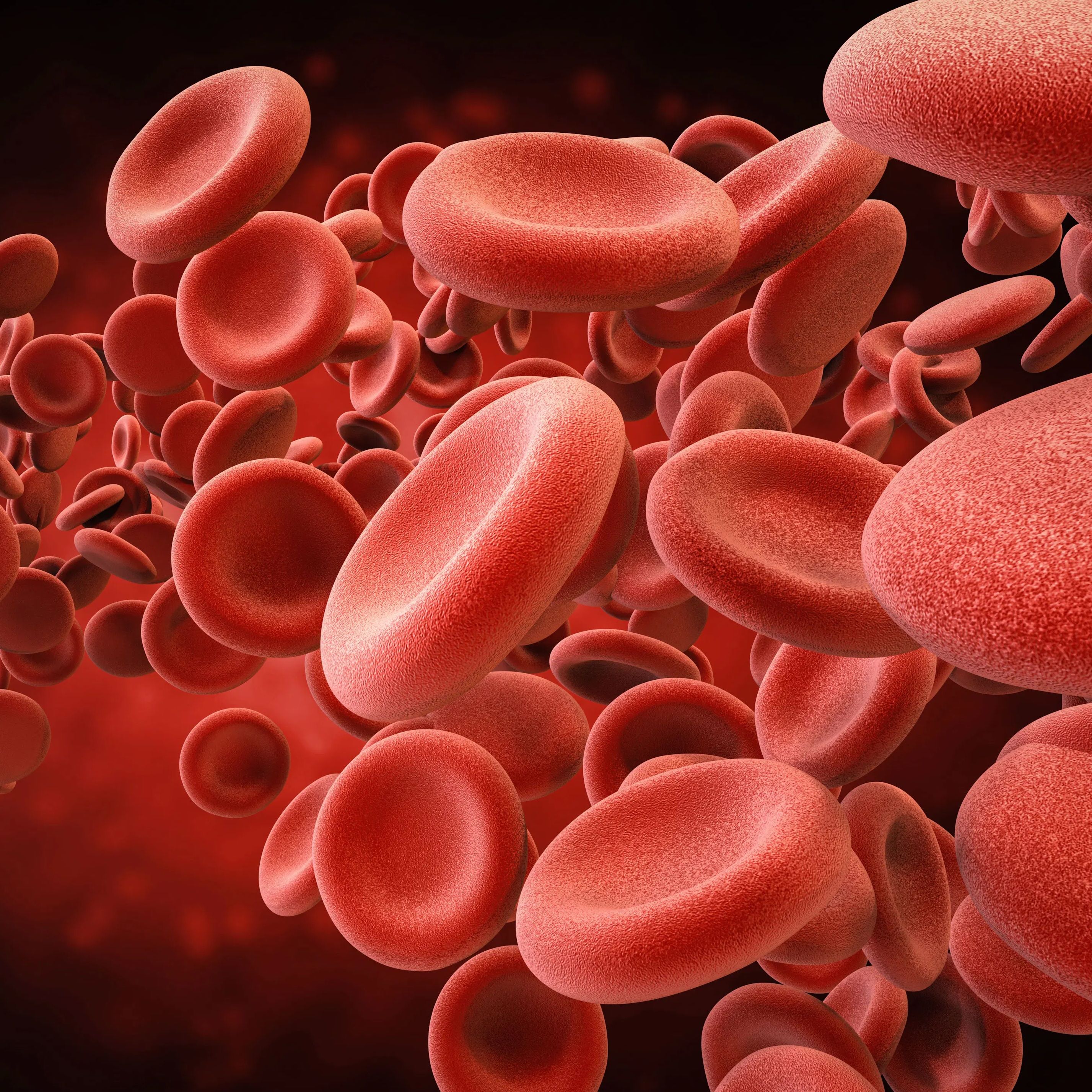ROXSTAR Registry Offers Insight into Effects of Roxadustat in Real-World Settings
Study finds roxadustat effectively treats anemia in both dialysis-dependent and non-dialysis-dependent CKD patients.
Credit: Fotolia

An analysis resented at the 61st European Renal Association Congress is providing an overview of roxadustat use and hemoglobin (Hb) levels among dialysis-dependent and non-dialysis-dependent patients with chronic kidney disease.
A secondary analysis of data from the ROXSTAR Registry, results of the analysis, which included nearly 2000 patients, suggests roxadustat was effective for treatment of anemia, regardless of whether or not a patient was dialysis dependent, but investigators also discovered no meaningful improvement in quality of life for either group of patients.
A national, multicenter, prospective registry study conducted in China to evaluate the long-term safety and effectiveness of roxadustat for treatment of anemia in subjects with chronic kidney disease, the ROXSTAR registry included adult patients aged 18 years and older and who voluntarily signed and dated an informed consent form after the nature of the study had been explained.
For the purpose of analysis, investigators planned to stratify patients according to baseline Hb levels. The primary outcomes of interest for the secondary analysis were mean Hb change from baseline, the proportion of patients with a mean Hb of 100 g/L or more averaged over 24 to 36 and 36 to 52 weeks, changes form baseline to week 12 and week 24 in quality of life, and the mean weekly dose by analysis visit during the treatment period.
From the registry, investigators obtained data from 1998 patients, including 1508 dialysis-dependent patients and 490 non-dialysis dependent patients. Of note, there were 238 patients in the lower baseline Hb group and 1760 patients in the higher baseline Hb group. The overall mean baseline Hb was 97.3 (SD, 13.9) g/L, with mean levels of 71.4 (7.2) g/L and 100.8 (10.5) g/L in the dialysis-dependent group and non-dialysis-dependent groups, respectively. Among those in the lower baseline Hb group, 55.0% were male and had a mean age of 49.1 (SD, 13.6) years. Among those in the group defined by greater baseline Hb, 53.8% were male and had a mean age of 50.3 (SD, 13.5) years.
Upon analysis, investigators found those in the reduced Hb group started weekly roxadustat at a dose of 320 mg and this dose was maintained during the first 12 weeks, but then decreased to 300 mg from weeks 12 through week 52. In the elevated Hb group, the mean weekly starting dose of roxadustat was 286 mg, this decreased to 260 mg during the first 12 weeks, and was maintained at approximately 230 mg from week 12 to week 52. Assessments of Hb change from baseline to weeks 24 to 36 and 36 to 52 were 31.9 (95% CI, 29.9 to 33.9) g/L and 33.7 (95% CI, 31.8 to 35.6) g/L, respectively, in the reduced baseline Hb group. In the elevated baseline Hb group, change from baseline to weeks 24 to 36 was 11.3 (95% CI, 10.6 to 12.0) g/L and 11.1 (95% CI, 10.5 to 11.8) g/L from weeks 36 to 52.
In the reduced baseline Hb group, the proportion achieving a mean Hb of 100g/L or greater averaged from weeks 24 to 36 was 58.8% (95% CI, 51.8 to 65.7) and 68.6% (95% CI, 61.8 to 75.3) from weeks 36 to 52. In the elevated baseline Hb group, the corresponding values over the same time period were 86.5% (95% CI, 84.7 to 88.3) and 88.2% (95% CI, 86.5 to 90.0). Of note, investigators pointed out analysis of quality of life suggested those in the reduced baseline Hb group had numerically higher mean increases from baseline to weeks 12 and 24 in SF-36 V and PF sub-scores, but no clinically meaningful change was observed for either group.
“Roxadustat effectively corrected anemia in [dialysis-dependent] and [non-dialysis dependent] patients regardless of baseline Hb level. There was no clinical meaningful improvement in [quality of life] for either group,” wrote investigators. “The weekly dose of roxadustat to correct and maintain Hb was higher in patient with baseline Hb less than 80g/L than in patients with baseline Hb greater than 80 g/L.”
References:
- Yu H ,Chen J, Wu Y , Huang C, Pan S. Responsiveness to roxadustat in chronic kidney disease associated anemia patients by baseline hemoglobin: A secondary analysis of ROXSTAR Registry. Abstract presented at 61st European Renal Association Congress. Stockholm, Sweden. May 23-26, 2024.
- 中国临床试验注册中心 - 世界卫生组织国际临床试... Accessed May 24, 2024. https://www.chictr.org.cn/showproj.html?proj=175656.